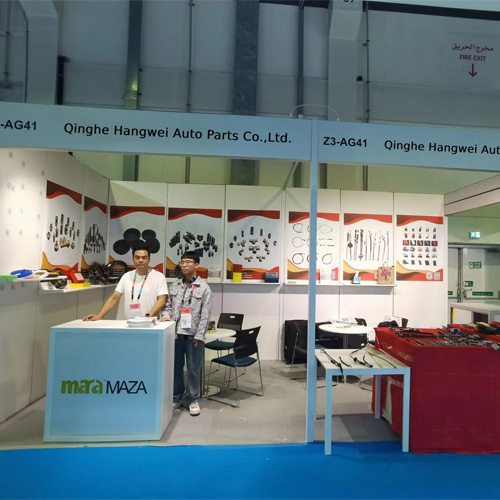push and pull throttle cable
Understanding Push and Pull Throttle Cables
When it comes to the operation of various machines, particularly in the realm of automotive and aviation technology, the throttle cable plays a pivotal role. The push and pull throttle cable system is a remarkable engineering solution that has been widely adopted for its efficiency and reliability. This article delves into the mechanics of push and pull throttle cables, their applications, advantages, and potential challenges.
The Mechanics of Push and Pull Throttle Cables
Throttle cables are the lifelines of an engine's acceleration system. They control the amount of air-fuel mixture that enters the engine, thus regulating its power output. The terms push and pull refer to the direction in which the cable operates.
In a traditional setup, the cable connects the accelerator pedal to the throttle body of the engine. When the driver presses the accelerator, the cable is pulled, which in turn opens the throttle. This allows more air-fuel mixture into the engine and increases its power output. Conversely, releasing the pedal allows the throttle to close, reducing power and speed.
Push cables work by transferring force when pushed. This configuration is less common in automotive applications but can be found in specific systems where space constraints dictate a different design. In contrast, pull cables are prevalent and are typically more straightforward to implement in most designs.
Applications in Various Motorsports and Machinery
Push and pull throttle cables aren't just limited to cars; they have extensive applications across various motorsports, aircraft, and marine industries. In racing, engineers often choose these cables for their responsiveness and precision. They allow drivers to have immediate control over throttle input, which is critical during competitive racing when every millisecond counts.
In aircraft, throttle cables are crucial for managing the power output of engines. The complexity of flight dynamics requires a reliable and responsive throttle system for safe and effective operations. Push and pull throttle cables ensure that pilots can make quick adjustments during takeoff, landing, and in-flight maneuvers.
Similarly, marine engines utilize these cables to manage speed and acceleration
. Boats require precise control of power to navigate effectively through varying water conditions, making throttle cables a central component of their operation.push and pull throttle cable

Advantages of Push and Pull Throttle Cables
One of the significant advantages of using push and pull throttle cables is their simplicity and ease of installation. Unlike electronic throttle systems that require complex wiring and sensors, push and pull cables are mechanically driven. This makes them especially desirable in environments where reliability is paramount, such as in racing and harsh outdoor conditions.
Moreover, the ability for these cables to provide real-time feedback to the operator is another marked advantage. Mechanical throttle systems can be extremely responsive, allowing for instant adjustments based on driver input. This immediacy is essential in high-speed settings where maintaining control is critical.
Additionally, push and pull cables are often lightweight and compact, contributing to overall vehicle or equipment efficiency. The reduction in weight can play a significant role in overall performance, especially in high-performance vehicles where every gram counts.
Challenges and Considerations
Despite their advantages, push and pull throttle cables do have some drawbacks. Over time, these cables can stretch or wear out, leading to less responsive throttle input. Regular maintenance and inspection are crucial to ensure that they remain in good working condition.
Another consideration is the routing of these cables. Proper installation is vital to avoid kinks or bends that could impede the cable’s movement. Engineers must carefully plan the installation to ensure smooth operation, which can sometimes be a challenge in tightly packed engine compartments.
Conclusion
Push and pull throttle cables represent a fundamental aspect of mechanical control systems, embodying simplicity and reliability. Their applications span various industries, from automotive to aerospace, demonstrating their versatility and importance. While they come with specific challenges, with proper maintenance and installation, push and pull throttle cables can provide effective performance and control, making them a mainstay in engine management systems. As technology evolves, the dynamics of throttle control may shift, but the core principles of push and pull systems will likely remain integral to their functionality.
-
Workings of Clutch Pipe and Hose SystemsNewsJun.04,2025
-
The Inner Workings of Hand Brake Cable SystemsNewsJun.04,2025
-
The Secrets of Throttle and Accelerator CablesNewsJun.04,2025
-
The Hidden Lifeline of Your Transmission Gear Shift CablesNewsJun.04,2025
-
Demystifying Gear Cables and Shift LinkagesNewsJun.04,2025
-
Decoding Clutch Line Systems A Comprehensive GuideNewsJun.04,2025
